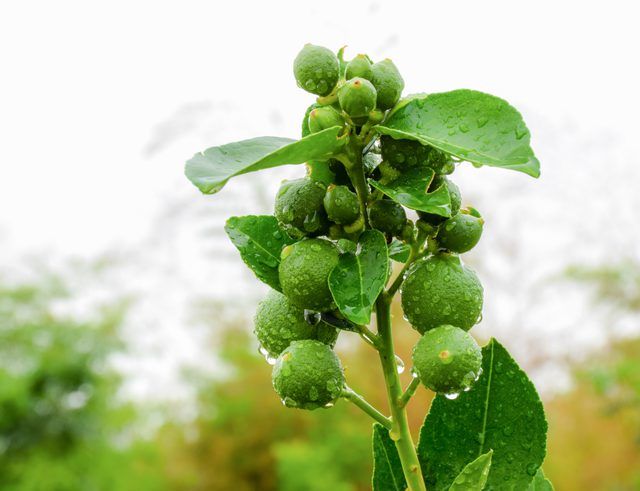Bulbs
Flower Basics
Flower Beds & Specialty Gardens
Flower Garden
Garden Furniture
Garden Gnomes
Garden Seeds
Garden Sheds
Garden Statues
Garden Tools & Supplies
Gardening Basics
Green & Organic
Groundcovers & Vines
Growing Annuals
Growing Basil
Growing Beans
Growing Berries
Growing Blueberries
Growing Cactus
Growing Corn
Growing Cotton
Growing Edibles
Growing Flowers
Growing Garlic
Growing Grapes
Growing Grass
Growing Herbs
Growing Jasmine
Growing Mint
Growing Mushrooms
Orchids
Growing Peanuts
Growing Perennials
Growing Plants
Growing Rosemary
Growing Roses
Growing Strawberries
Growing Sunflowers
Growing Thyme
Growing Tomatoes
Growing Tulips
Growing Vegetables
Herb Basics
Herb Garden
Indoor Growing
Landscaping Basics
Landscaping Patios
Landscaping Plants
Landscaping Shrubs
Landscaping Trees
Landscaping Walks & Pathways
Lawn Basics
Lawn Maintenance
Lawn Mowers
Lawn Ornaments
Lawn Planting
Lawn Tools
Outdoor Growing
Overall Landscape Planning
Pests, Weeds & Problems
Plant Basics
Rock Garden
Rose Garden
Shrubs
Soil
Specialty Gardens
Trees
Vegetable Garden
Yard Maintenance
Types of Lime Trees
Lime trees grown in the United States come in all shapes and sizes, but all of them do best in hotter climates.
In the late 1700's, the British Royal Navy served limes aboard their sailing ships to fight off scurvy. Today limes are used to add some zip to margaritas or to flavor a classic key lime pie. The different types of lime trees found in the United States produce slightly different fruits, but all do best in hot climates.

Key Lime or Mexican Lime (Citrus Aurantifolia)
The Key Lime, or Mexican Lime (Citrus aurantifolia), U.S. Department of Agriculture plant hardiness zones 9 to 11, originated in Southeastern Asia. Trees can grow up to 20 feet high and usually live between 50 and 150 years. Young trees are almost shrub-like.
This evergreen has glossy, medium green leaves, either elliptical or oblong in shape, and the crown is dense, making the Key Lime an excellent shade tree. The bark is smooth and dark brown in color. Some trees have thorns.
White, fragrant flowers bloom in spring, averaging 2 inches in width and can be solitary or in small groups. When they first emerge, the petals have a slightly purple tinge that fades quickly. Flowers have both male and female parts, known as perfect flowers.
Fruits are prolific, usually round, yellow to green and usually measure 2 to 3 inches in diameter. The limes start out with a green peel, but as the fruit ripens it turns pale yellow and can be rough or smooth. The flesh is greenish-yellow, fragrant, juicy, flavorful and filled with varying amounts of seeds. Key Lime normally fruits in winter, but is also known to produce fruit during the spring and summer.
Tahitian Lime or Persian Lime (Citrus Latifolia)
The Tahitian lime (Citrus Latifolia), USDA zones 9 to 11, is also known as the Persian lime. It is believed to be a hybrid of the Mexican lime and either citron or lemon. Trees grow up to 20 feet tall with widespread branches and fewer thorns than the Mexican variety.
The leaves are a medium green, are lanceolate, meaning shaped like the head of a lance, and have winged petioles, or pronounced stems. Young shoots have a purplish tinge that soon fades.
Flowers can bloom year-round but are most prolific in January. They are white with a slight purple tinge.
The oval shaped fruits are also found year-round and are usually seedless. Limes are between 2 and 3 inches long and up to 2.5 inches wide with a greenish-yellow rind when ripe.
Thai Lime (Citrus Hystrix)
A native of Southeast Asia, the Thai lime (Citrus hystrix), USDA zones 10 to 12, grows as either a shrub or small tree, the latter growing to between 6 and 25 feet tall. The word hystrix is a derivative of the Greek word hustrix, which means hedgehog. It was bestowed on this lime because of the many thorns found on the branches.
It's mostly grown as an ornamental in California and Florida, but in cooler climates, Thai lime can be potted and grown indoors. Indoor plants require lots of sunlight and frequent watering and misting. Ideally, the plants can be set outside during the warmer seasons and brought back indoors when the average temperature falls below 60 degrees Fahrenheit.
This evergreen has glossy, double leaves that are aromatic, especially when crushed. The leaves are often used as an additive for Asian dishes and marinades
Thai lime flowers throughout the year, with white-petaled blooms found in small clusters of four or five.
The fruit is roundish, green, with a bumpy rind and can grow up to 2 inches in diameter. The pulp flavor is acidic, but there is little juice. The pulp, as well as the sour tasting bumpy rind, are often diced or grated and used in cooking.